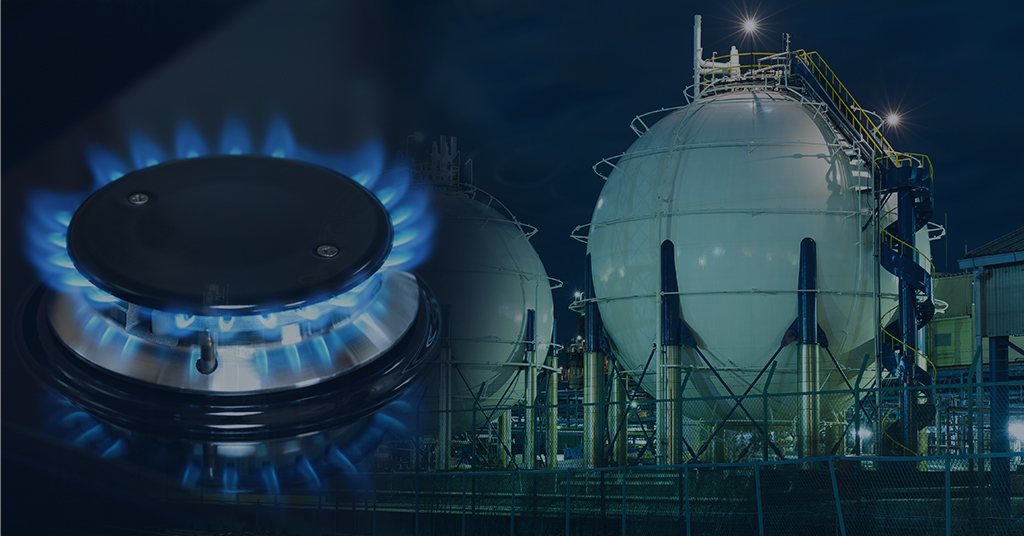1-Hexene Price Hike in North America and Asia, Dips in Europe Amid Market Volatility - August 2023
- 08-Sep-2023 2:35 PM
- Journalist: Nicholas Seifield
1-Hexene prices experienced a slight increase in North America and Asia Pacific in August 2023. In the United States, 1-Hexene prices rose to DEL US (Gulf) USD 1280/MT, while in China, they increased to CFR Nanjing USD 1880/MT during the same period, reflecting positive downstream and consumer sentiment. However, the European market, particularly Germany, saw a price drop from FD Hamburg USD 2888/MT to USD 2875/MT, indicating that decreasing demand from end-use consumers has worsened.
In North American markets, notably the United States, feedstock ethylene prices also showed a bullish trend in August, driving up the price of 1-Hexene. Energy prices significantly mellowed down. Concurrently, we observed a rise in HDPE and LLDPE prices in the USA, with HDPE injection molding grade FOB Texas assessed at USD 1190/MT, up by 2%. Other grades of Polyethylene exhibited a similar trend. Market analysts revealed that despite high credit costs, demand for the 1-Hexene from the consumer and construction sectors is gradually picking up as inflation falls below 3% and the unemployment rate remains stable. According to many economists, the main concern is the expected global crude oil cut extending beyond September, which will intensify competition for American 1-Hexene domestically and internationally against China and other Asian players. Chevron Phillips Chemical successfully commenced operations from their new 1-Hexene plant in Texas, thus pushing the United States’ annual production capacity to 646,000 tons.
In Asian markets, particularly China, prices followed a bullish trend due to high feedstock prices. China exports more 1-Hexene than it imports, while it imports more feedstock ethylene from South Korea, Saudi Arabia, and the United States. Downstream polyethylene industry demand declined in China due to a weak economic environment triggered by a real estate crisis, the resumption of the trade war with the US, and a decline in exports to the European Union due to high inflationary pressures. HDPE injection molding grade FOB Dalian dropped to USD 1278/MT, a 2% decrease due to weak industrial activity. Caixin PMI registered expansion in industrial activities in medium and small enterprises, while overall PMI registered contraction. The Chinese government has undertaken stimulus measures through fiscal and monetary instruments, including reducing key interest rates to 3.45%. Government officials affirm that demand is expected to improve in the coming months, and the destocking of Polyethylene retail products has already begun in China, signaling positive demand up the 1-Hexene value chain. Chinese economic performance plays a crucial role, especially in the regional East Asian context.
On the other hand, European 1-Hexene markets continued to face a bearish trend in August. German markets registered a decline to FD Hamburg USD 2875/MT. In August, OECD inflation rose to 5.9%, primarily in the Eurozone regions. Ethylene and Natural gas prices also surged, pushing the cost up the 1-Hexene value chain. Manufacturers of 1-Hexene and subsequently Polyethylene are operating within narrow margins to fulfill domestic demand. Consumer sentiment turned negative during the month, leading to high inventories of retail and industrial chemicals. Market Analysts have observed that 1-Hexene prices in Europe are uncompetitive, running high with factor 2 compared to the United States and China, and any imports from neighboring continents are expected to impact the European Chemical industry significantly. One financial analyst asserted that due to high inflation and recessionary tendencies, the real per capita of a Eurozone consumer has declined by 10% on a YoY basis, affecting overall consumption and leading to a decline in imports, causing a significant decrease in economic growth in Asian partner countries like China and Japan.
As inflation persists, the 1-Hexene value chain is expected to remain inflated for a longer period before stabilizing by the second half of 2024 if current market conditions in Europe prevail.


